It’s 2025, and foldables are no longer just futuristic gadgets in sci-fi movies. They’re real, they’re evolving, and they’re getting better each year. Motorola’s Razr line, a nod to nostalgia and a leap into the future, has matured with the launch of three new clamshell-style foldables this year: the Razr Ultra 2025, Razr Plus 2025, and the more wallet-friendly Razr 2025.
Now, I’ve had the privilege (and yes, the frustration) of spending time with all three of these devices. I’ve tested them, lived with them, taken them on trips, used them in coffee shops, subway stations, and on rainy city streets. I’ve read eBooks on the main displays, responded to messages from the cover screen, and even dropped one (more on that later).
If you’re wondering which Razr is right for you, buckle up. This isn’t going to be some one-paragraph summary. I’m about to walk you through everything — the design quirks, the screen differences, performance gripes, camera realities, and how each of these phones fits (or doesn’t fit) into different lifestyles.
First Impressions: The Feel in the Hand
The first thing that hit me when unboxing these phones is just how similar they look — at least from afar. But once you hold them, the differences become clear.
The Razr Ultra 2025 is the sleekest of the trio. It’s undeniably premium. The hinge feels buttery smooth. It snaps shut with confidence, and when it’s open, it lies almost perfectly flat. The materials scream quality — brushed aluminum frame, Gorilla Glass Victus 3 front and back, and just the right heft to feel like you’re holding something serious.
The Razr Plus 2025? It’s almost identical in design, but a little lighter and just a bit less “tight” in terms of build. Still, it feels like a high-end phone — just slightly shy of the Ultra’s polish. You probably wouldn’t notice unless you were directly comparing them.
Now, the Razr 2025 — this one’s the “budget” option, and it shows. The hinge has a softer, slightly more hollow feel. The back has a matte plastic finish instead of glass. It’s not unpleasant, but there’s an undeniable sense that this is the more affordable sibling. That being said, it still folds, still feels solid in daily use, and for a lot of folks, this will be enough.
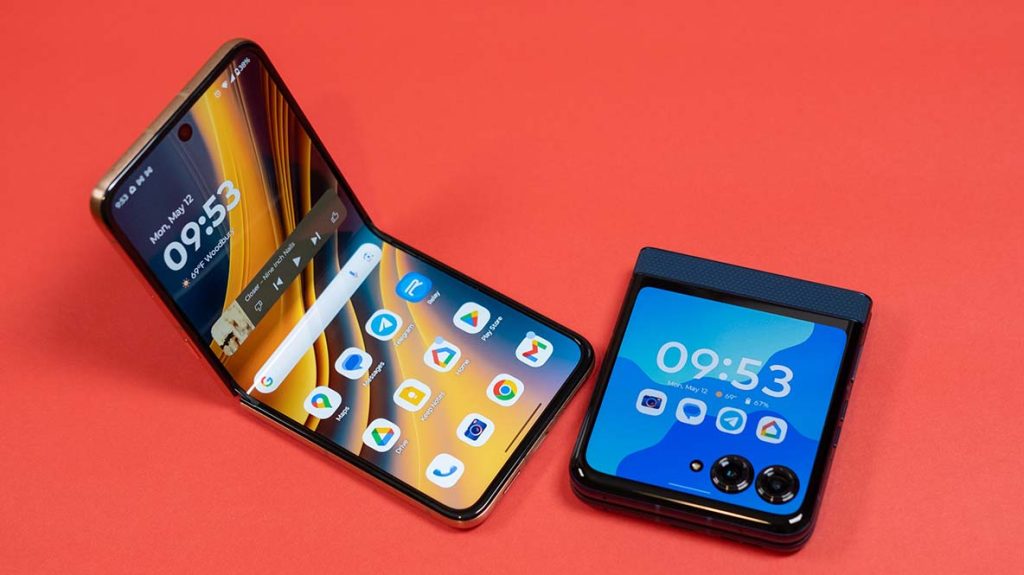
The Cover Screen: A Tale of Two Experiences
The cover display is what makes or breaks a flip phone for me. It’s the thing I use for quick notifications, checking the weather, replying to texts, or skipping songs — all without opening the device.
The Razr Ultra 2025 has a massive 4-inch pOLED cover screen that curves around the camera lenses like a futuristic smartwatch slapped on the front. It’s sharp, bright, and supports nearly every app you’d want. I’ve watched YouTube videos on it while brushing my teeth. I’ve replied to emails while waiting for the subway. It’s genuinely usable and one of the best cover screens I’ve ever experienced.
The Razr Plus 2025 shares this same size screen, and for the most part, it behaves identically. But there are subtle differences in refresh rate smoothness and brightness under sunlight. The Ultra just performs slightly better when you’re outside in direct daylight — which, in my case, was glaringly obvious on a recent hike through the Rockies.
Then there’s the Razr 2025. This one has a tiny 1.5-inch screen. It’s cute, but it’s essentially a glorified notification bar. You can see the time, incoming messages, and maybe control music playback, but that’s it. No full apps. No widgets. No real interactivity. It’s nostalgic, sure — it reminds me of the old flip phones we all had in high school — but in 2025, it’s starting to feel a bit limiting.
Main Display: Fold Flat, Fold Smart
All three Razrs share the same basic screen layout: a foldable inner display that opens up into a 6.9-inch panel. But again, differences lie in the details.
The Razr Ultra 2025 has the brightest, most color-accurate panel. At 165Hz refresh rate, it’s insanely smooth. Scrolling through social media or gaming on this thing is a joy. The crease is still visible, but it’s less pronounced than last year’s models. The haptic feedback when typing is precise, and the panel feels like glass — not the squishy plastic feel some foldables still suffer from.
The Razr Plus 2025 has a similar display — same size, same 165Hz refresh — but again, the brightness isn’t quite as intense, and the colors feel a tad less vibrant. It’s still very good. In fact, most people wouldn’t notice unless they had the Ultra and Plus side-by-side. But I’m picky — and my eyes don’t lie.
The Razr 2025 takes a step back. Still 6.9 inches, but the refresh rate drops to 120Hz. That’s still smooth, but not ultra-smooth. The panel also has a slightly more noticeable crease, and the brightness doesn’t hold up as well under direct sun. Indoors, you’ll probably be fine. Outdoors? You’ll squint a bit more.
Performance: Snappy vs. Just Okay
Here’s where things start to diverge significantly.
The Razr Ultra 2025 is powered by the Snapdragon 8 Gen 4, Qualcomm’s top-tier chip. It handles everything you throw at it — multitasking, 3D gaming, editing video — without a hiccup. I opened over 20 apps in the background just to see when it would slow down. It didn’t. Paired with 12GB of RAM and fast UFS 4.0 storage, this phone flies.
The Razr Plus 2025 uses the Snapdragon 8s Gen 3. Slightly less powerful, but still very capable. Most apps run fine, and I never saw lag during normal use. But fire up demanding games like Genshin Impact or COD Mobile, and the heat starts to creep in, and frame rates dip slightly.
Then there’s the Razr 2025, which runs the MediaTek Dimensity 7300X. It’s adequate — that’s the nicest way to put it. It works. Apps open, texts send, emails load. But if you’re someone who juggles 10+ apps, edits video on the go, or games competitively — this one will frustrate you. It’s meant for casual users, not power users.
Cameras: Truth Behind the Lenses
Motorola isn’t exactly winning awards for mobile photography. But things have improved this year.
The Razr Ultra 2025 sports a 50MP main sensor with OIS, paired with a 50MP 2x telephoto and a capable 32MP front camera. Shots are crisp, detailed, and have significantly better dynamic range than previous Razrs. Night mode is still a step behind Samsung or Apple, but during the day, it competes.
The Razr Plus 2025 ditches the telephoto. You still get the 50MP main, but only a 13MP ultra-wide companion. Images look good, though colors can be slightly oversaturated. Portraits look surprisingly sharp, and I’d say most folks would be happy — unless you’re deep into photography.
The Razr 2025 trims things further. A 50MP main, and that’s it. No secondary lens. Shots are decent in daylight, but low-light performance is meh, and there’s more shutter lag. It’s serviceable, but forgettable.
Battery Life: Flip Phones Still Struggle
Battery life has always been the Achilles’ heel of foldables. These aren’t all-day warriors — but some are better than others.
The Razr Ultra 2025 packs a 4000mAh battery. It lasted me from 8 AM to about 9 PM with moderate use. That’s respectable for a foldable. With 45W fast charging and wireless charging, you can top it up quickly.
The Razr Plus 2025 has the same battery but slightly less powerful internals, so I squeezed out an extra hour or so. It’s more efficient.
The Razr 2025 actually has a slightly larger 4200mAh battery — probably because it doesn’t have the big cover screen. That helps. It lasted me all day with light to moderate use, and it also charges quickly, though it lacks wireless charging.
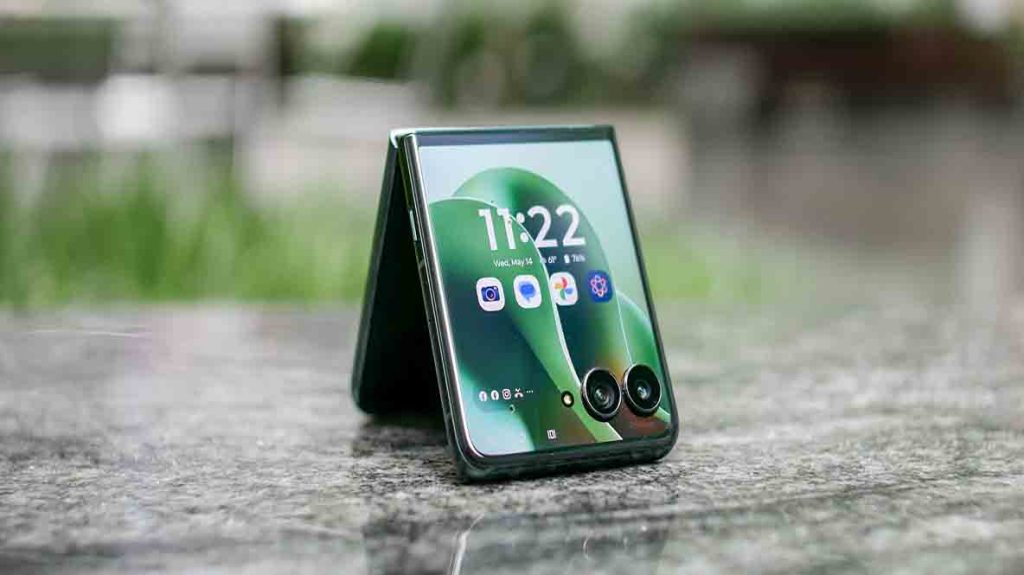
Software: Clean but Sometimes Inconsistent
All three phones ship with Android 15, with Motorola’s light MyUX skin. It’s close to stock Android, which I love. No bloatware. Clean animations. Useful gestures like the chop-chop for flashlight and twist for the camera still make me smile.
But software updates have always been Motorola’s weak point. Motorola promises 3 years of OS updates and 4 years of security patches for the Ultra and Plus. The Razr 2025 gets 2 OS updates — which feels cheap in 2025.
Where to Buy in the U.S.
If you’re in the U.S., you’ve got several solid options for buying these devices.
I got my Razr Ultra 2025 from Best Buy, which often runs trade-in deals and open-box discounts. Their return policy is generous, and if you’re a Totaltech member, repairs are easier.
The Razr Plus 2025 was picked up via Amazon — mainly for convenience and fast delivery. Be cautious though: make sure the listing is “Ships from and sold by Amazon” to avoid third-party issues.
The Razr 2025 I bought from Motorola’s official site directly. They offered a discount and a free pair of Moto Buds when I pre-ordered. Also, they let you build your phone with custom colors.
Other places worth checking include B\&H Photo, Target (online), and even Walmart.com, depending on current promotions.
Verdict?
There’s no one-size-fits-all answer. It all comes down to how you live with your phone.
- If you want the best foldable experience, the Razr Ultra 2025 is the clear winner. It’s fast, gorgeous, packed with features, and the cover screen is a mini-smartphone in itself. But it’s also the most expensive.
- If you want most of the premium experience at a slightly better price, the Razr Plus 2025 is a fantastic compromise. It cuts a few corners but retains almost everything that matters.
- And if you’re just foldable-curious or on a budget, the Razr 2025 gets you in the game without blowing a hole in your wallet — just manage your expectations.
Ultimately, all three have their place in this foldable era. I’ve lived with each. I’ve loved, cursed, and flipped them in public more than I should admit. Now, it’s your turn to decide which one folds into your life.
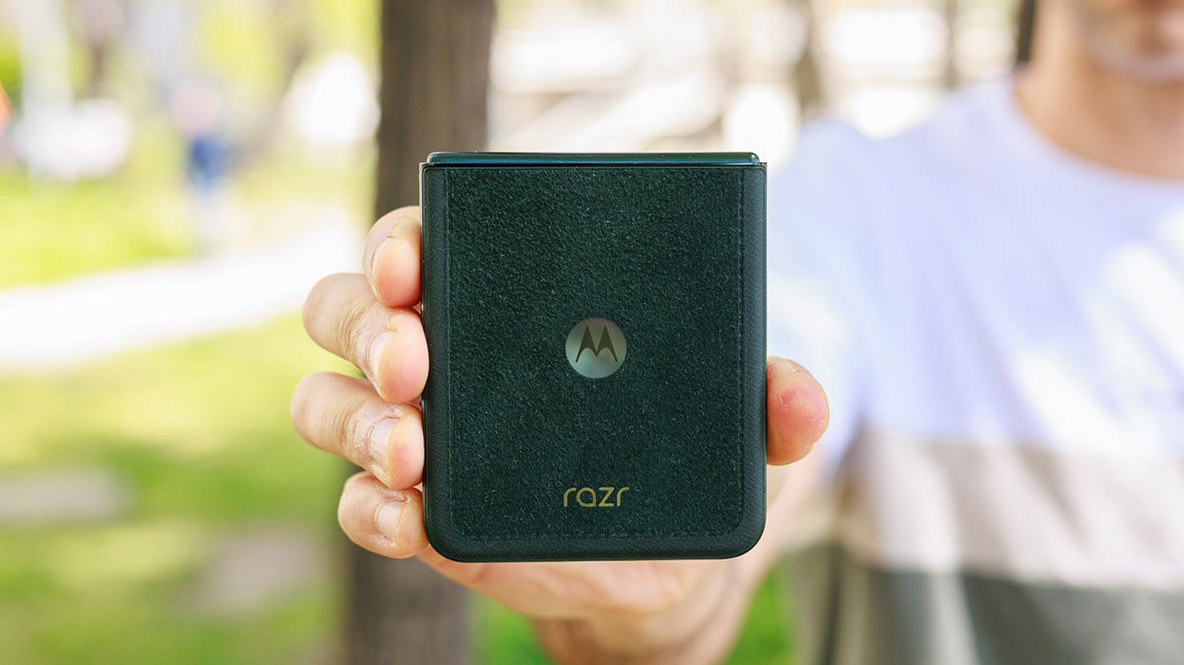
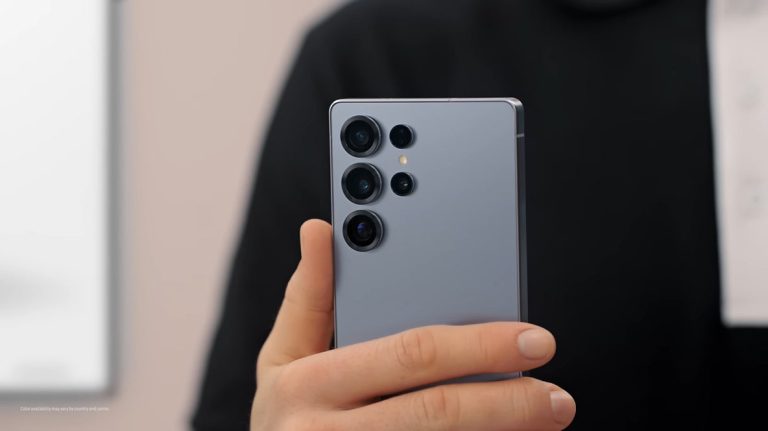

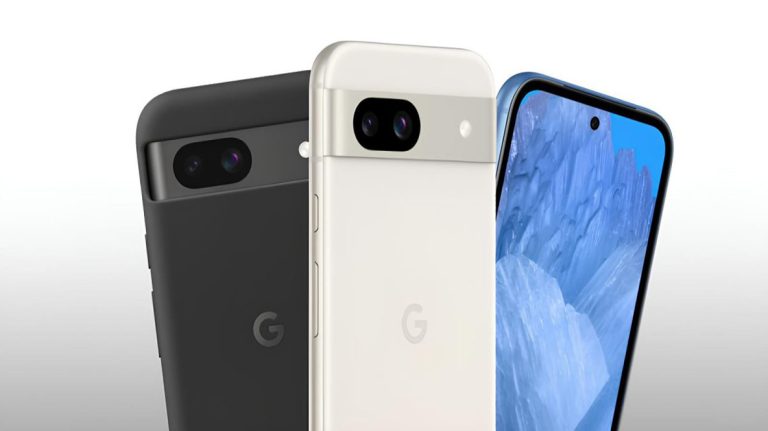
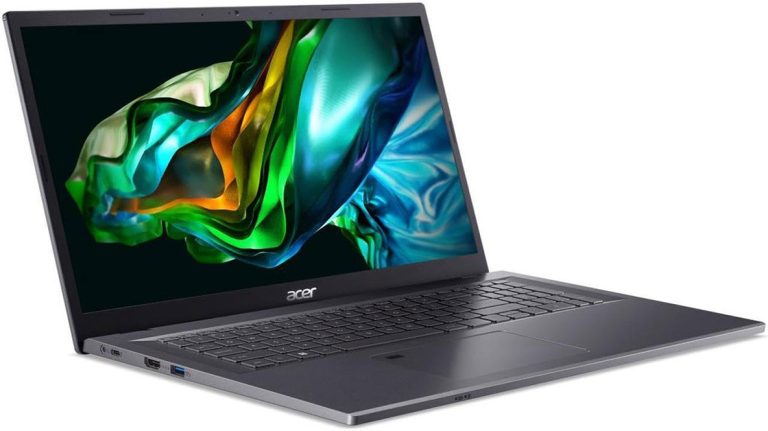
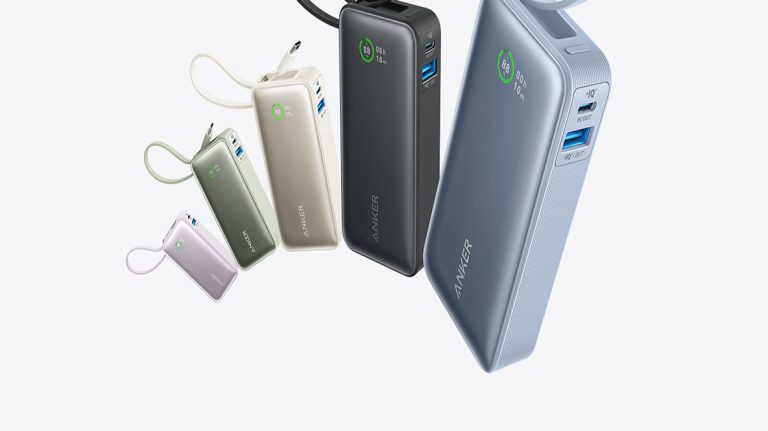

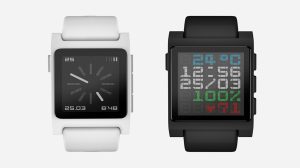
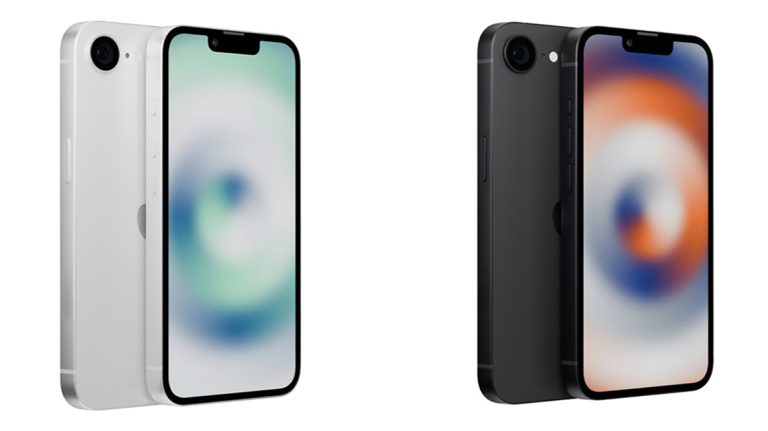
+ There are no comments
Add yours